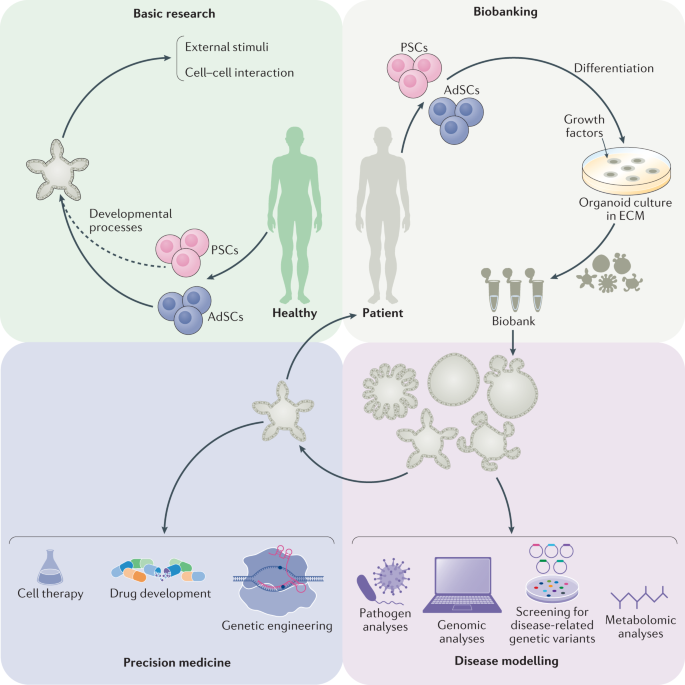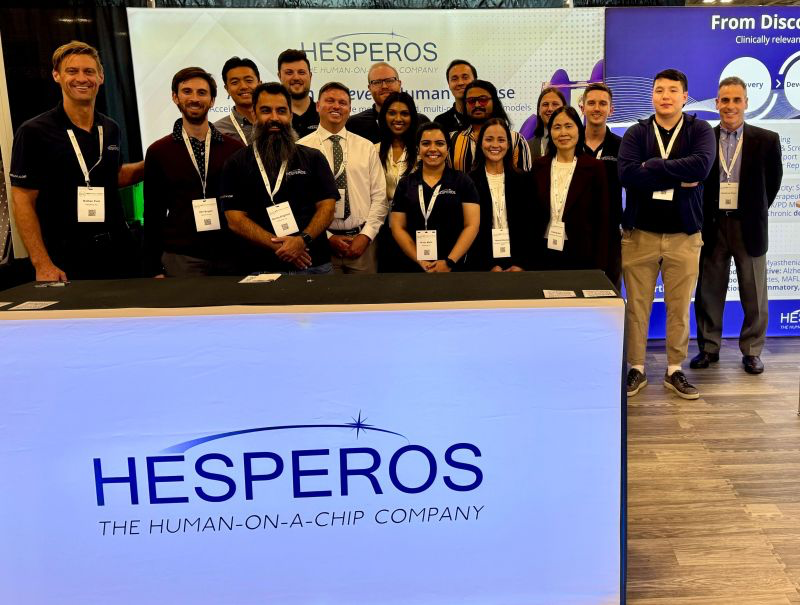Revolutionizing Healthcare: How Organoids Are Shaping the Future of Healthcare
Organoids are rapidly emerging as a groundbreaking innovation set to transform healthcare with their diverse applications and potential to unlock new solutions. These three-dimensional structures, grown from stem cells, replicate the complexity and functionality of human organs. They provide invaluable insights into organ development, disease modeling, and drug testing.
What are Organoids?
Organoids are miniaturized versions of organs derived from stem cells in vitro, boasting a three-dimensional, tissue-like structure with self-renewal and multi-differentiation capabilities. Anatomically and functionally similar to organs in the living body, they can be constructed from both normal and disease tissues, making them highly versatile for various research applications. These structures are pivotal in basic research in embryology, physiology, and evolution, as well as in characterizing diseases and discovering new drugs. Recently, organoids have significantly advanced regenerative medicine and transplantation research due to their remarkable flexibility.

Expanding Innovation with Organoids
Market Outlook
The organoids market experienced substantial growth from $1.42 billion in 2023 to $1.78 billion in 2024, at a compound annual growth rate (CAGR) of 25.1%. This market is poised for exponential growth, expected to reach $4.38 billion by 2028, with a CAGR of 25.2%. This surge is driven by rising chronic disease rates, advancements in genome editing techniques, increased stem cell research, collaborative ventures and partnerships, and intensified efforts in clinical translation.
Healthcare Applications
Organoids’ versatility and potential for innovation have unlocked numerous healthcare applications, spanning research, regenerative and personalized medicine, genomics, and drug development and testing. Here are some of the most promising applications:
Disease Modeling: Organoids’ ability to mimic human organs allows researchers to study disease mechanisms in a more physiologically relevant environment than traditional cell cultures. This is particularly useful for diseases like cancer, cystic fibrosis, and infectious diseases such as COVID-19. Companies like HUB Organoids (Hubrecht Organoid Technology), Emulate Inc., and DefiniGEN are leveraging organoids to model liver, cardiac, and colon diseases, driving advancements in disease research.

Hesperos Inc. enables biologists, surface chemists, and engineers to produce some of the worlds most advanced organs-on-chips for research and therapeutic needs
Regenerative Medicine: Organoids hold the potential to serve as a source of tissue for transplantation. For instance, liver organoids can repair damaged liver tissue, a focus area for Emulate, Inc. Meanwhile, companies like Cellevolve are exploring a broader range of diseases where organoids can advance regenerative medicine, highlighting the versatility of this technology.https://www.cellevolve.com/
Personalized Medicine: Patient-derived organoids can tailor treatments to individual patients, especially in cancer treatment, where organoids can predict how a patient’s tumor will respond to specific therapies. Companies like Hesperos Inc. and MIMETAS are exploring this field, recognizing its potential market and societal impact.
Developmental Biology: Organoids aid researchers in studying human development and organogenesis, offering insights into the processes that govern the formation and differentiation of tissues and organs. Companies like StemCell Technologies aare at the forefront, providing innovative tools that support the study and growth of organoids across various tissue types. Their contributions are crucial in advancing research in developmental biology.
Gene Editing and Functional Genomics: Organoids can be genetically manipulated using technologies like CRISPR/Cas9 to study gene function and the effects of genetic mutations, which is invaluable for understanding genetic diseases and developing gene therapies. Cellectis, a clinical-stage biopharmaceutical company, utilizes TALEN gene-editing technology in organoids to model diseases and test novel therapies, pushing the boundaries of genetic research.
Cancer Research: Cancer organoids, derived from patient tumors, allow the study of tumor biology, metastasis, and drug resistance. They provide models for testing new cancer therapies and understanding tumor heterogeneity. Companies like Cellesce are leading the charge by specializing in the production and scale-up of organoids for cancer research and drug discovery, driving forward the search for effective treatments.
Infectious Disease Research: Organoids can study the interactions between pathogens and human tissues. For example, intestinal organoids have been used to study the infection mechanisms of viruses like norovirus and SARS-CoV-2. OrganoTherapeutics harnesses organoid-based models for drug discovery and disease modeling, focusing on host-pathogen interactions and identifying new therapeutic targets. This research is crucial for developing effective treatments for infectious diseases.

HUB Organoids support labs looking at stem cell-derived in vitro 3D organ models which held remarkable promise for disease modeling
Organoids are rapidly becoming essential tools in research and medicine. Their ability to model complex biological processes, coupled with advancements in gene editing and disease modelling, is paving the way for breakthroughs in understanding and treating a range of medical conditions.
————————————
If you are a builder, investor or researcher in the space, I would love to have a chat – please reach out to us at ayla.j@thelotuscapital.com or amit.k@thelotuscapital.com
